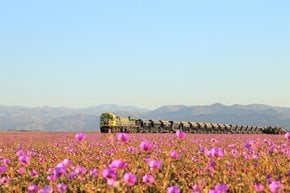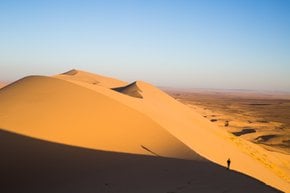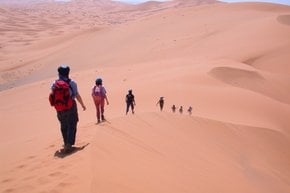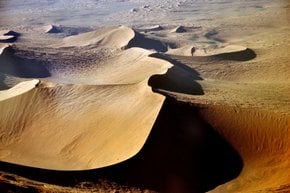The Nordhouse Dunes in Midwest 2026
Ancient dunes by Lake Michigan represent a unique eco-system
Best time: April–November
The Nordhouse Dunes Wilderness occupies 14 sq. km or 3.450 acres in the Manistee National Forest, north of Ludington, Michigan. Its main attraction is 4-mile (6.4-km) Lake Michigan shoreline which is perfect for walking. The Nordhouse Dunes belong to the Ludington Dune Ecosystem along Lake Michigan Recreation Area and Ludington State Park.
The Nordhouse Dunes that emerged about 4,000 years ago reach 140 feet (42 m) above the level of the lake. Ludington Dune Ecosystem is recognized as the largest area with fresh water interdunal ponds—small water holes between the dunes. Vegetation on the dunes provides habitat for many species, like the endangered Piping Plover and many others.
The Nordhouse Dune trail is 10 miles (16.09 km) long. It can be reached from two trailheads at the end of Nurnberg Road and Lake Michigan Recreation Area. The path is an easy and popular hiking destination during the warm time of the year but the prime season for backpacking runs from April through November.



















































